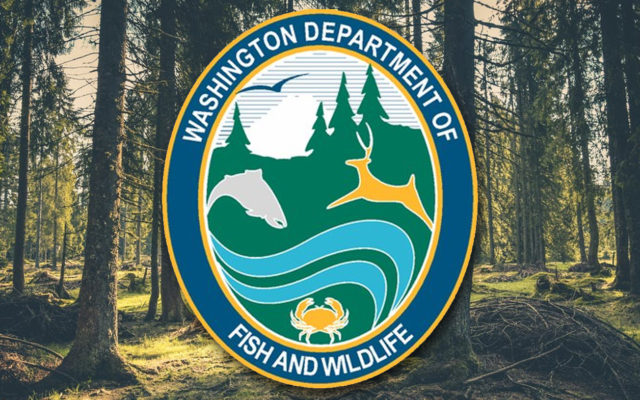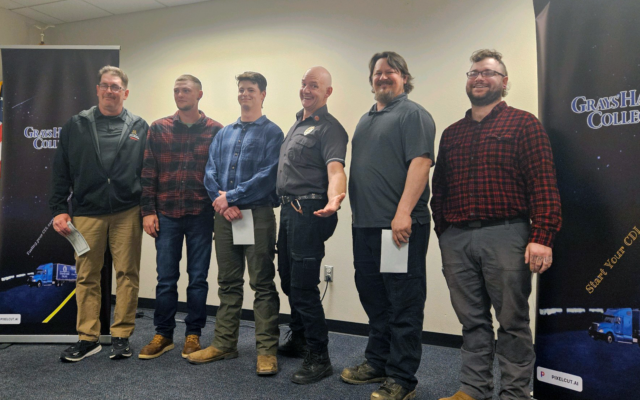WDFW says feeding wildlife can do more harm than good

WDFW – Winter is suffering its last gasp in Washington but heavy snow loads in many areas mean food will be hard to come by for wildlife for a while still. Despite the record snow levels, Washington Department of Fish and Wildlife (WDFW) biologists ask you to please not feed the wildlife, saying deer, elk, moose and other animals are biologically adapted to survive the winter without food provided by humans.
“People may want to feed deer, elk, moose and other animals to help during these leaner times,” said Kristin Mansfield, a veterinarian with WDFW, “But artificial feeding can actually do more harm than good.”
Deer in good condition generally can survive winter on limited natural food supplies. It can take several weeks for a deer’s digestive system to adjust to hay or other artificial feed. Without enough fat reserves to get through the adjustment period, deer can die even with bellies full of feed they can’t digest.
Feeding can also draw animals into areas near roads, leading to collisions with vehicles, Mansfield said. It also concentrates animals, making them more vulnerable to disease, predators and poaching. In addition, it can make wild animals too comfortable around humans and, in some cases, aggressive.
The best way to help wildlife in winter is to avoid disturbing them, allowing them to conserve vital energy. This includes keeping dogs confined and slowing down while traveling in motor vehicles through wildlife habitat.
WDFW does use feeding, along with extensive fencing, at three Wildlife Areas in south-central Washington to help keep elk and bighorn sheep off adjacent private property where they may cause damage or contract diseases from domestic animals.
“We feed in select cases for specific reasons,” Mansfield said, “But it’s neither effective nor desirable to feed wildlife on a broad scale.”
Wildlife biologists acknowledge that extreme winter conditions takes a toll on some populations. But that is just a fact of nature, according to Mansfield.
“Winter is the season of greatest stress for wildlife populations, especially animals experiencing their first winter,” she said. “People can’t change that, and it can create problems when they try to do so.”
General information on winter wildlife feeding is available on the WDFW website at https://wdfw.wa.gov/living/winter_feeding/wildlife.html.



